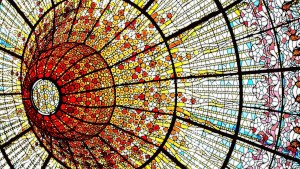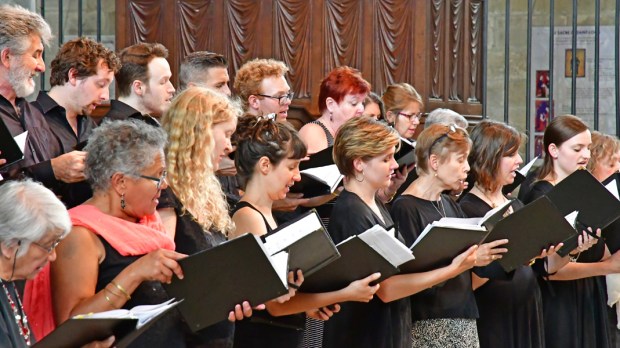Lenten Campaign 2025
This content is free of charge, as are all our articles.
Support us with a donation that is tax-deductible and enable us to continue to reach millions of readers.
The musical traditions of the Catholic Church run deeper than just what’s in the hymnal. Arguably the root of all Western music, sacred music is an important part of the Mass which has been developed over the last 1,500 years. Unfortunately, many of the chants and Mass settings of old have fallen out of practice, but they may be coming back after Archbishop Alexander, of Portland, released a pastoral letter calling for the return of Gregorian chant to the Mass.
In the 22-page missive, Archbishop Alexander suggests that parishes focus their musical efforts to only one sung Mass (Missa cantata) per week. This celebration — referred to as the High Mass, or the Solemn Mass — need not be elaborate, but should be planned “with the greatest care and attention.” Other Masses performed by the parish, he said, should have “less singing and more recited parts.”

Read more:
Lose yourself in the absolute beauty of sacred choral music
The Archbishop stressed the importance of the priest’s position as shepherd of the flock, imploring them to learn the celebrant’s chants for the orations and dialogues, which would in turn encourage their parishioners to chant the responses. He noted that “the simple human reality that some priests are not gifted with the ability to sing, or at least to carry a melody.” For these priests, he suggests singing in chant recto tono (on the same note).
Every parish is asked to learn the English plainchant settings of the Ordinary, found in the Roman Missal, which should be given pride of place … Clergy should set an example by singing with the faithful wherever in the Mass this is appropriate.
For the minimum Latin chant repertoire, he suggested music ministries begin with
and , which are the most popular and easily accessible for singers unfamiliar with the style. Those parishes who find the chant is easy to pick up are encouraged to delve further in this beautiful, ancient tradition.Archbishop Alexander noted that “the Missal makes no reference to a recessional hymn,” and said that during this time an organ instrumental or even silence is preferable. He also cautioned about hymns with text that does not “conform to the teachings and doctrines of the Church, especially with regard to the Eucharistic Sacrifice and the Real Presence of Christ in the Eucharist.”
The archbishop noted that not all of the music in the Catholic hymnal or worship aid was meant to be sung during a Mass:
Any texts which promote teachings which are ambiguous or contrary to the Faith must be retired from the parish repertoire. It must be sadly acknowledged that some hymns in approved hymnals, music issues and missalettes do not reflect Catholic theology and should not be used. Musicians should be attentive to this point and think carefully about the selection of hymns, seeking guidance from the pastors of the Church when needed.
Along with his desire to hear more Gregorian chant, Archbishop Alexander also stressed the importance of the pipe organ as the preeminent musical instrument for worship. He noted that not every parish can afford the installation and upkeep of such an instrument, but he offered help from the diocese for those parishes who are interested.
He concluded his letter with a statement expressing confidence that these alterations could help create a more reverent celebration, which could help foster a deeper faith:
It is my sincere hope that this pastoral letter will be well received by the clergy and faithful of the Archdiocese of Portland, for the sake of an authentic renewal of the Sacred Liturgy according to the teaching of the Second Vatican Council and the mind of the Church. I am especially counting on our wonderful and dedicated church musicians to answer this call for renewal. May the renewal and reform of sacred music in the Archdiocese of Portland lead us together to a beautiful and worthy celebration of the sacred mysteries of the Holy Mass, for the glory of God and the sanctification of all the faithful.

